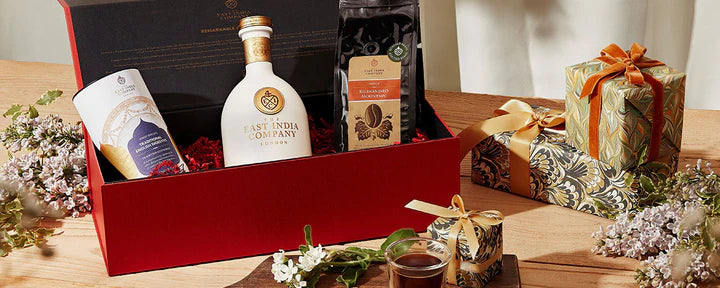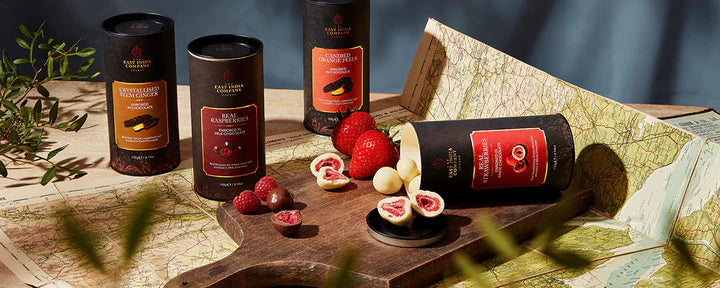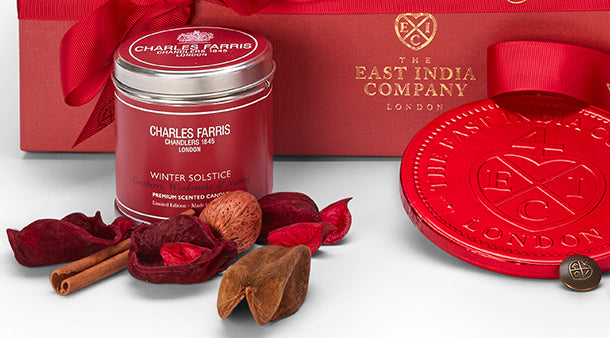
The East India Company’s history in bullion began in the late 17th century when a cooperation with Moses Mocatta led to the transportation of gold across the seas. In 1697 East India Company ships brought gold from Brazil to London in the first gold rush, creating a need for a purpose built vault to be established by the Bank of England. This was to be the beginning of the rise of London as one of the world’s leading gold bullion markets.
Today gold remains at the very heart of The East India Company and continues with our most majestic Mohur and Guinea coins.
Explore the story behind The Guinea – a coin whose legacy has been honoured and trusted for Centuries.

The Guinea
With a history deeply entwined with precious gold coins and international trade, the Guinea is one of the world’s most respected and reliable gold coinages.
The term ‘Guinea’, its weight and alloy used to this day across the world, denotes a trusted and reliable gold coin of the very highest quality.
First issued in 1663 in the reign of King Charles II, the Guinea travelled
the world on East India Company ships, becoming the very foundation of
international trade and establishing a reputation of trust, quality, and reliability.
Originally a nick name the term ‘Guinea’ came from the west coast of Africa in which The Royal Africa Company, responsible for the supply of gold for coining at the time, conducted most of its business. This nickname became widely used and in 1720, during the reign of King George I, it was officially adopted.
The Measure of Purity
Originally worth one English pound or 20 shillings, the value of the Guinea fluctuated during its lifetime, mirroring the value of gold. In 1717 it was eventually fixed at 21 shillings with the adoption of the gold standard, equivalent to £1.05 in decimalised currency.
With its aristocratic overtone, many professional fees were quoted in Guineas up to the decimalisation of British currency in 1971. Long after the Guinea was officially replaced by the Sovereign, the term Guinea is still used in the transaction of some luxury goods.
The pricing and sale of livestock and racehorses at auction is still quoted in Guineas with payment in pounds with the difference, 5 pence in each pound, traditionally regarded as the auctioneer’s commission.


An Ornament And a Safeguard
During the early 17th Century Britain’s gold and silver coins were often subjected to ‘clipping’, a lucrative and illegal process – the practice of shaving or cutting the edges of coins for illicit gains.
The first machine struck coins minted during the reign of King Charles II in 1663 introduced new gold and silver coins struck with a milled or lettered edge to deter illegal clipping of the metal.
For the first time in British coinage history, DECUS ET TUTAMEN, translated as ‘An Ornament and a Safeguard’, a phrase proposed by the scholar and writer John Evelyn directly to King Charles II, was to feature on the edge of the majestic Five Guinea piece. This phrase became a testament to the Guinea’s reputation as a beautiful object and trusted gold coin.
At the heart of The Company, at the heart of Trade
The Guinea’s unique position as the reliable and trusted trade coin of choice meant the Guinea was at the very heart of The East India Company’s activities at home and in the East during its 150 years in circulation.
The Company’s vast fleet of ships carried Guineas across the seas to foreign lands. As the British Empire grew, the Guinea became the coin of the colonial age, reaching all territories in which the British traded. Company records show accounts recorded in Guineas alongside Gold Mohurs, Annas and Pagodas.
As the most important gold coin at the height of The East India Company’s trading power, the Guinea holds a special place in the heart of The East India Company.
The East India Company was the most powerful enterprise of its time, shaping the very fabric of the modern world. At the heart of its commerce were two principle gold coins, the Guinea from the west and Mohur from the East.





 Ceylon / Sri Lanka
Ceylon / Sri Lanka Assam, India
Assam, India Japan
Japan Taiwan
Taiwan Nepal
Nepal China
China Kenya
Kenya Egypt
Egypt South Africa
South Africa

